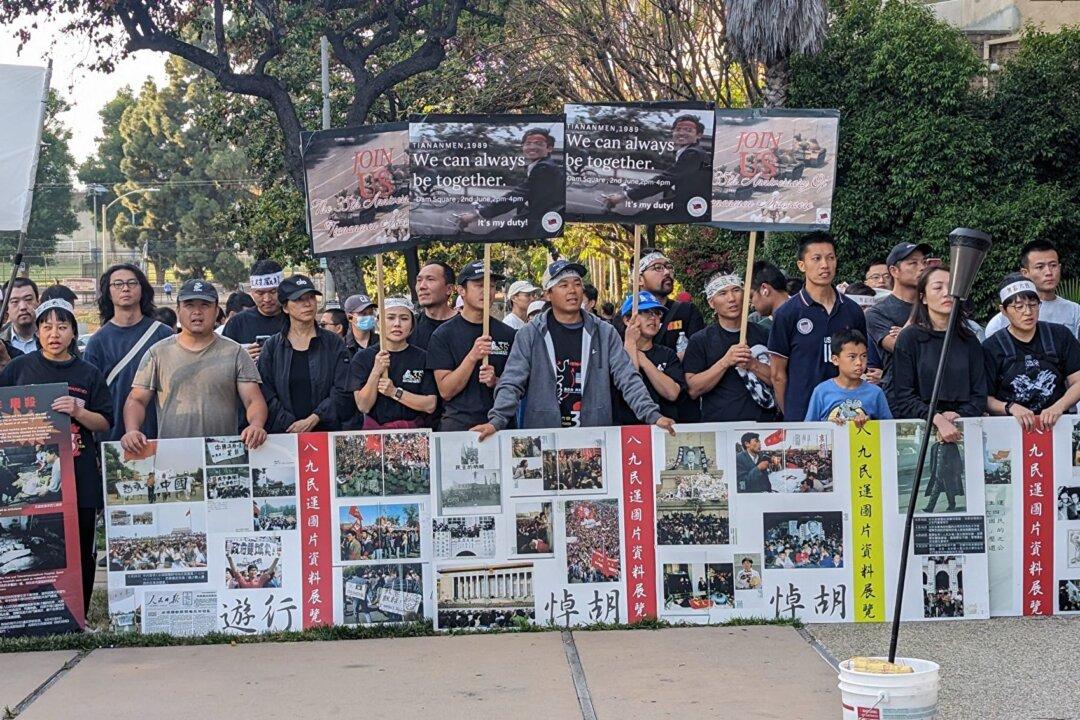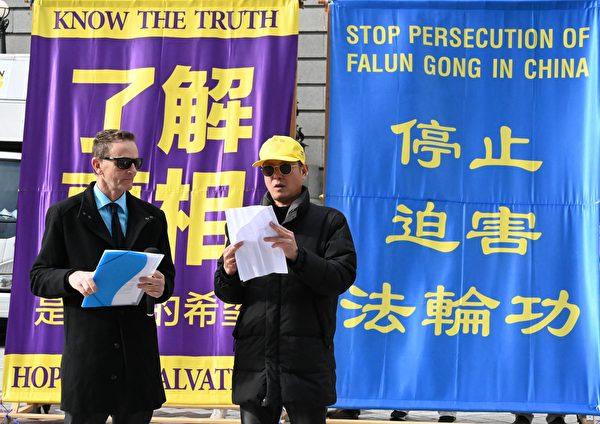In the latest lockdown, approximately 12,000 residents immediately fled Baishizhou, an urban village of Shenzhen. Local authorities issued urgent notices to demand surrounding areas to not take in those who seek shelter.
Baishizhou began a second lockdown on July 18. Local authorities adopted a 7-day closure of the communities, and residents started to flee the area that evening.




